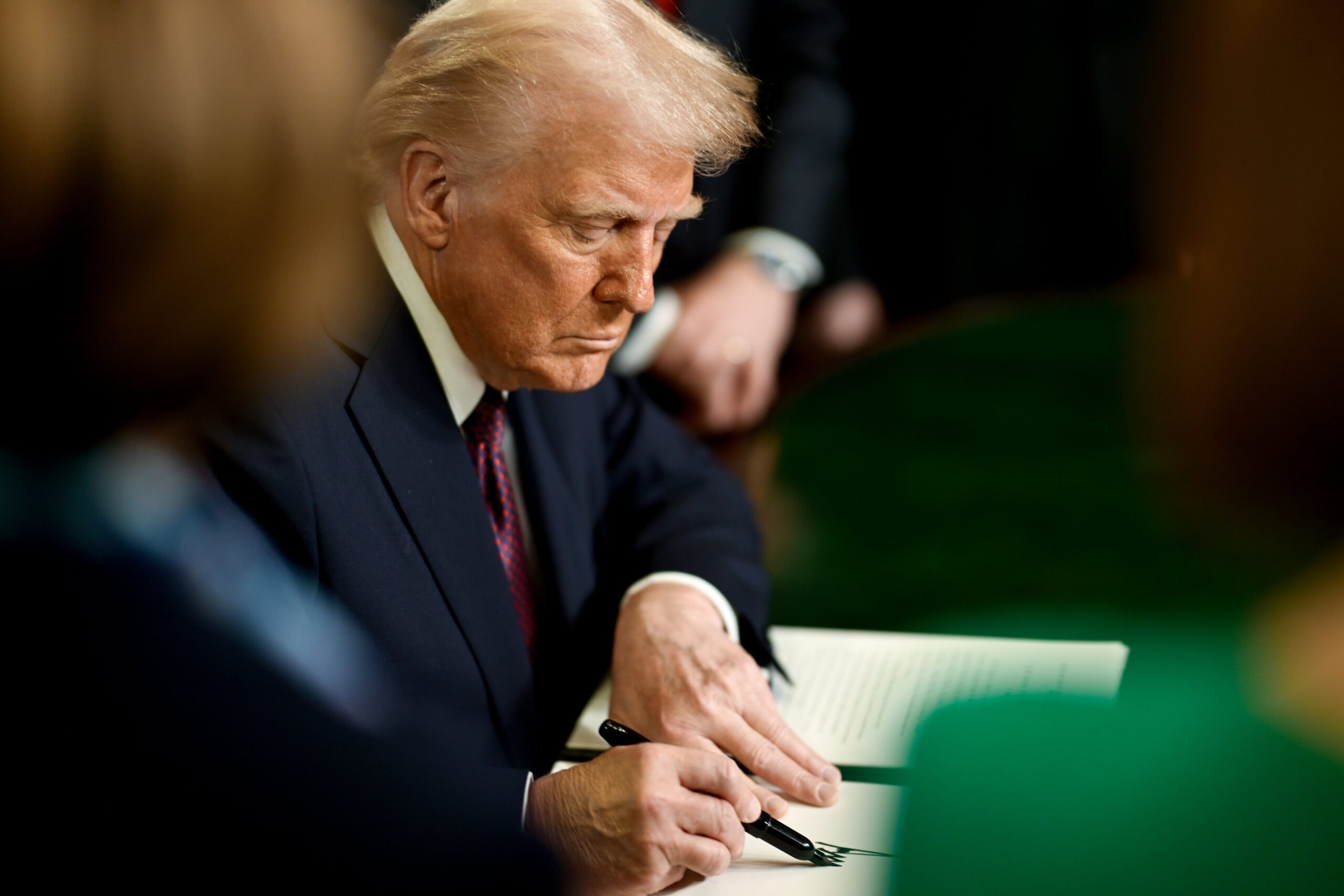President Donald Trump has signed an executive order making English the official language of the United States, a move that has drawn mixed reactions across South Florida, where linguistic diversity is a defining characteristic. While some residents see it as a necessary step for national unity, others believe it is an unnecessary policy that could negatively impact immigrant communities.
The order rescinds a policy from the Clinton administration that required federal agencies to provide language assistance for individuals with limited English proficiency. However, it does not mandate an end to multilingual government services—agencies can continue offering support in other languages as they see fit.
Supporters of the order argue that establishing English as the national language reinforces shared cultural values and streamlines communication. They believe it will encourage assimilation and help immigrants integrate more effectively into American society. Many point out that English is already the dominant language in the U.S. and widely spoken across the globe.
Critics, on the other hand, see the move as more symbolic than practical. They argue that it distracts from pressing national issues such as inflation and economic concerns. Advocacy groups warn that the executive order may create unnecessary hardships for non-English speakers who rely on multilingual services to navigate essential aspects of daily life.
Florida, however, has long had an official language policy. Since 1988, the state constitution has designated English as the official language, a decision shaped by the region’s complex immigration history. Despite this, government agencies in Florida continue to provide important information in Spanish, Haitian Creole, and other commonly spoken languages.
With South Florida being home to large Spanish-speaking communities, the impact of the order remains uncertain. Local governments are unlikely to discontinue translations of key information, and businesses will continue operating in multiple languages to serve diverse populations. Whether the executive order leads to any significant changes in practice or remains largely symbolic, it has undeniably reignited discussions on language, culture, and identity in the United States.






